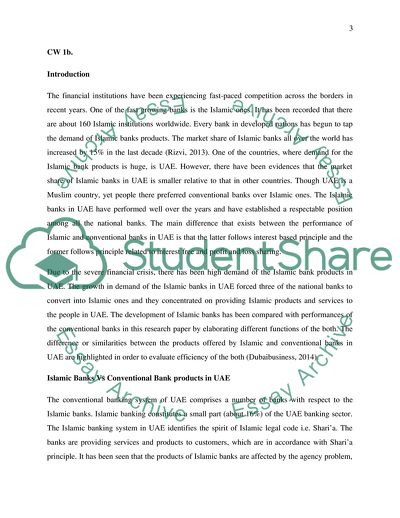Cite this document
(Islamic banking and finance (business module) Essay, n.d.)
Islamic banking and finance (business module) Essay. https://studentshare.org/business/1807714-islamic-banking-and-finance-business-module
Islamic banking and finance (business module) Essay. https://studentshare.org/business/1807714-islamic-banking-and-finance-business-module
(Islamic Banking and Finance (business Module) Essay)
Islamic Banking and Finance (business Module) Essay. https://studentshare.org/business/1807714-islamic-banking-and-finance-business-module.
Islamic Banking and Finance (business Module) Essay. https://studentshare.org/business/1807714-islamic-banking-and-finance-business-module.
“Islamic Banking and Finance (business Module) Essay”. https://studentshare.org/business/1807714-islamic-banking-and-finance-business-module.


